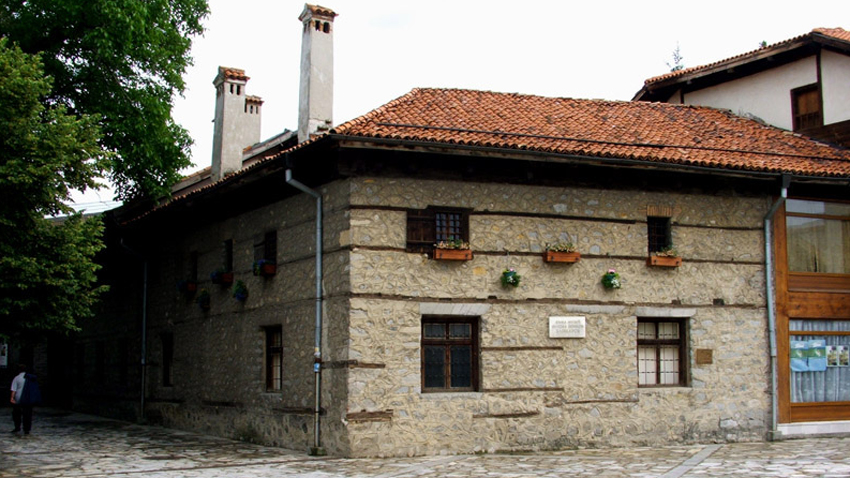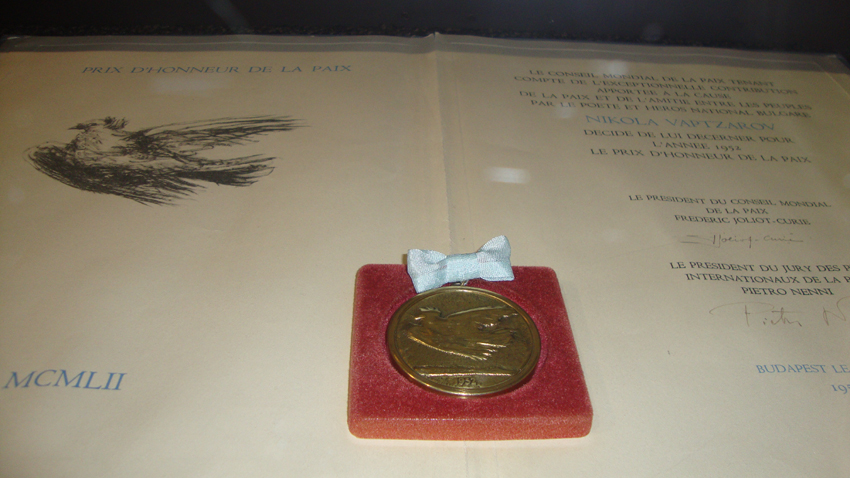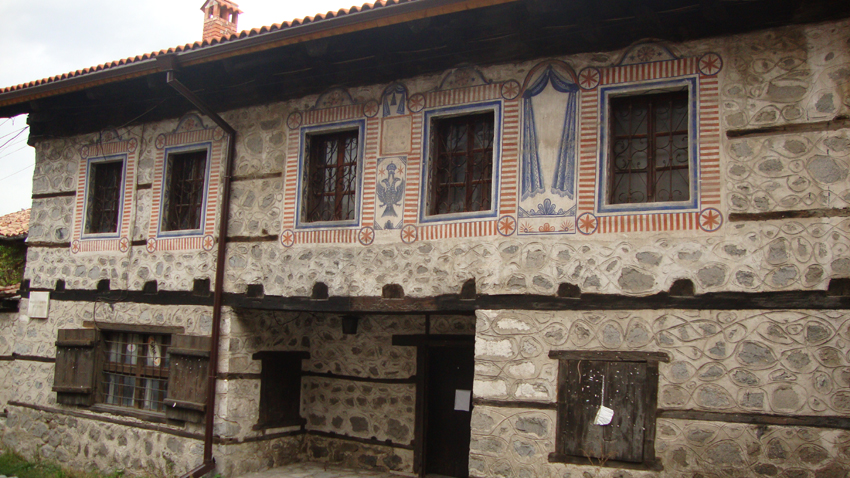Though comparatively small, the town of Bansko has an appreciable contribution to the country’s cultural development. To this day its cobblestone streets and well-preserved old-age homes bespeak the enterprising spirit and patriotism of the people who once lived in Bansko. But also – their sense of beauty.
“Until recently Bansko was thought to have come into being in the 14th century to resist the Ottoman invaders. The first written record of the town’s existence is from 1567 – its name is made mention of in a stockbreeders’ register. In this register Bansko is mentioned for the first time as a town with a Christian population in the valley of Razlog,” Svetla Baryakova, director of the Bansko Museum Complex begins her story. “But archaeological digs in the area have unearthed settlements from different ages, starting with the Bronze Age, the Iron Age, Antiquity, the Middle Ages etc.”

“The museum complex comprises eight different units presenting Bansko’s past, the wealth of its cultural and historical heritage and the prominent figures born here. Bansko has produced some exceptional names, especially in the age of the National Revival. I would like to quote Prof. Iliya Konev, an eminent expert of the history of Bulgarian literature who says that Bansko is the only settlement in Bulgaria to have produced a great man in every one of the past three centuries: 18th, 19th and 20th – Paisiy Hilendarski (Paisius of Hilendar) in the 18th, Neofit Rilski (Neophyte of Rila) in the 19th and renowned poet Nikola Vaptsarov in the 20th century.”
 With his “Slavonic-Bulgarian History”, written in Mount Athos, the monk Paisiy laid the foundations of the Bulgarian National Revival in the years of Ottoman domination. In recounting the story of the country’s glorious past, he inspired our forefathers with a feeling of national self-awareness, of belonging. The monk Paisiy played a key role in advancing education in Bulgaria in the 19th century. Whereas the works by talented poet Nikola Vaptsarov, killed in the years of World War 2 have been translated into over 90 languages. Vaptsarov is the only Bulgarian with an International Peace Award.
With his “Slavonic-Bulgarian History”, written in Mount Athos, the monk Paisiy laid the foundations of the Bulgarian National Revival in the years of Ottoman domination. In recounting the story of the country’s glorious past, he inspired our forefathers with a feeling of national self-awareness, of belonging. The monk Paisiy played a key role in advancing education in Bulgaria in the 19th century. Whereas the works by talented poet Nikola Vaptsarov, killed in the years of World War 2 have been translated into over 90 languages. Vaptsarov is the only Bulgarian with an International Peace Award.
“Bansko is unique in that the people living here, at the foot of mount Pirin, have always had a taste for things novel, for attaining the unattainable. And as the soil around is not all that fertile, most people here were either artisans or carters. Carters would transport goods by caravan from the Aegean across the mountains of Central and Western Europe. As the years rolled by, many Bansko families grew rich and set up trade businesses of their own. By the 18th century there were economically mighty clans here, so mighty that Hadji Vulcho, for example, who was Paisiy Hilendarski’s brother built with his own money, the entire East wing of Hilendar and the West wing of Zograf monastery, known as the Bansko neighbourhood to this very day. He also built bridges along the caravan route and inns for the travellers to put up at. He donated to churches, monasteries, gave money for anything connected with the Bulgarian spirit. People in our day could learn a great deal from the men from National Revival times.”
In our day the St. Paisiy Hilendarski centre in Bansko is the place to go if you want to find out about the National Revival period. The centre was built on the spot where Paisiy Hilendarski’s house once stood – the house where he and his two brothers, Lavrentiy, abbot at Hilendar monastery and Hajdi Vulcho, were born. There, visitors can see a replica of Paisiy’s monastery cell as well as a reproduction of the St. Ivan Rilski chapel, where the monk said his prayers. The centre also has a hall for temporary exhibitions, conferences, film screenings, interactive games for children.

Another prominent monument of culture in Bansko is the house Neofit Rilski was born in, now a museum, displaying an exposition of letters, photographs and books. The “Velyan house” is a sturdily fortified house with thick stone walls and hideouts. It is also very beautiful – its owner Velyan Ognev has covered its walls in frescoes, on the outside and inside. Works from the famed Bansko painting school are on display at the one-time Rila convent. Two historical and ethnographic collections – in Bansko and in Dobrinishte nearby – are dedicated to the past and the life of the people from these parts. But of course the museum complex is not all there is to be seen in Bansko. Because even the old town streets themselves hold a charm all their own.
But there is more. When the nominees for the Balkan prizes for the tourist industry were being selected not long ago, the comparatively small municipality of Bansko with a population of some 13,000, declared winter Balkan capital, was singled out top festival destination. The municipality’s cultural calendar includes more than 50 festival events, among them the Jazz Fest, Bansko Film Fest, The Bohemian Festival of Balkan Music, Bansko Beat, a ballet festival…

English version: Milena Daynova
Photos: Bansko Municipality and Veneta PavlovaAfter nearly 35 years, the Bulgarian Orthodox Church Community in London has its own church in the central part of the British capital, in close proximity to the Bulgarian Embassy. There, in the prestigious Kensington district, next to Hyde Park and..
Meatfare Sunday in 2025 will be remembered as a major celebration for the Bulgarian Orthodox Church and the entire Bulgarian community in the United Kingdom. The "St. John of Rila" Orthodox Church, built with funds from the Bulgarian state and with..
All Souls' Day (Zadushnitsa in Bulgarian) is an important day for many Christians. On this day, we remember deceased relatives and loved ones. The first of the three All Souls' Days of the year, also known as the Great or All Souls' Day, falls on the..
Meatfare Sunday in 2025 will be remembered as a major celebration for the Bulgarian Orthodox Church and the entire Bulgarian community in the United..
After nearly 35 years, the Bulgarian Orthodox Church Community in London has its own church in the central part of the British capital, in close proximity..

+359 2 9336 661
